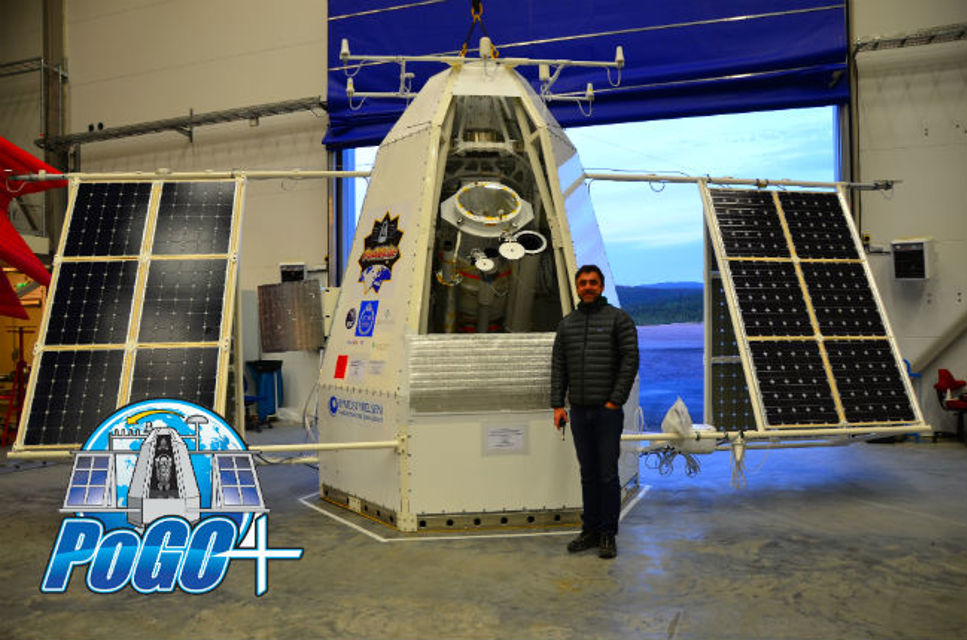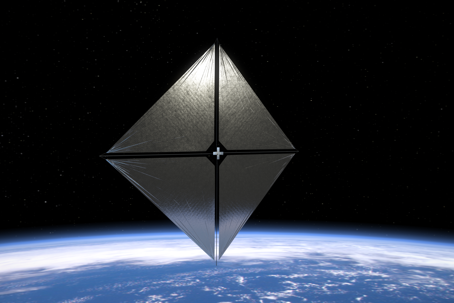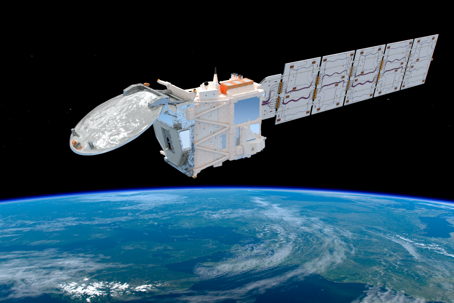Det svenska rymdteleskopet PoGO+ kommer inom kort att släppas från rymdbasen Esrange i Kiruna. Här nedanför skriver projektledaren Mark Pearce, professor i fysik vid KTH, om förberedelserna.
We're back!
In July 2013, the PoGOLite X-ray telescope almost completed a full lap around the North Pole suspended under a helium-filled balloon flying at an altitude of 40 km. The balloon was launched from Esrange and when fully inflated is larger than the Globe Arena in Stockholm. Recently, PoGOLite (renamed to PoGO+) returned to Esrange for another balloon flight. The aim of PoGO+ is the same as PoGOLite, i.e. to study the high energy light (X-rays) emitted by the Crab - a pulsar in the constellation of Taurus some 6500 light years from the Earth. Pulsars are fascinating objects - imagine a giant neutron-rich atomic nucleus, 15 km in diameter and with a mass comparable to the Sun. This particular pulsar rotates around an axis 30 times per second producing flashes of X-rays on the sky like a cosmic lighthouse. Detecting these X-rays is nothing new and there are a number of satellites currently in orbit which routinely study astronomical objects in this way. What PoGO+ brings to the table is a new way to make observations since the polarisation of the X-rays can be measured and this tells us about the environment in which the X-rays are produced - for example, the magnetic field configuration. Such information is ambiguous when inferred from ‘standard‘ X-ray observations. For this reason, X-ray polarisation measurements are often said to “open a new window on the universe”.
We learnt a lot about how to make such measurements during the 2013 flight and have spent the last couple of years analysing data, writing publications, running computer simulations, testing prototypes in our lab and, finally, rebuilding PoGO+ taking advantage of everything that we learnt from the 2013 flight. In short, PoGO+ is expected to perform much better then PoGOLite and bring some clarity to the currently fuzzy understanding of how polarised the Crab X-rays are.
We’ve already been at Esrange for a few weeks to integrate our equipment with that supplied by Esrange. This work is now complete and we’re about to start working through a long list of tests which will take us towards the launch window opening on 1st July. A difference this year is that a circumpolar flight is not planned. Instead, we will terminate the flight after 5-6 days and land on Victoria Island in Canada.
I’ll post more news about progress in preparing PoGO+ for flight during the coming weeks. Until then, be sure to follow my Twitter account (@markp8183) for all the latest developments.
Greetings from Esrange,
-Mark






